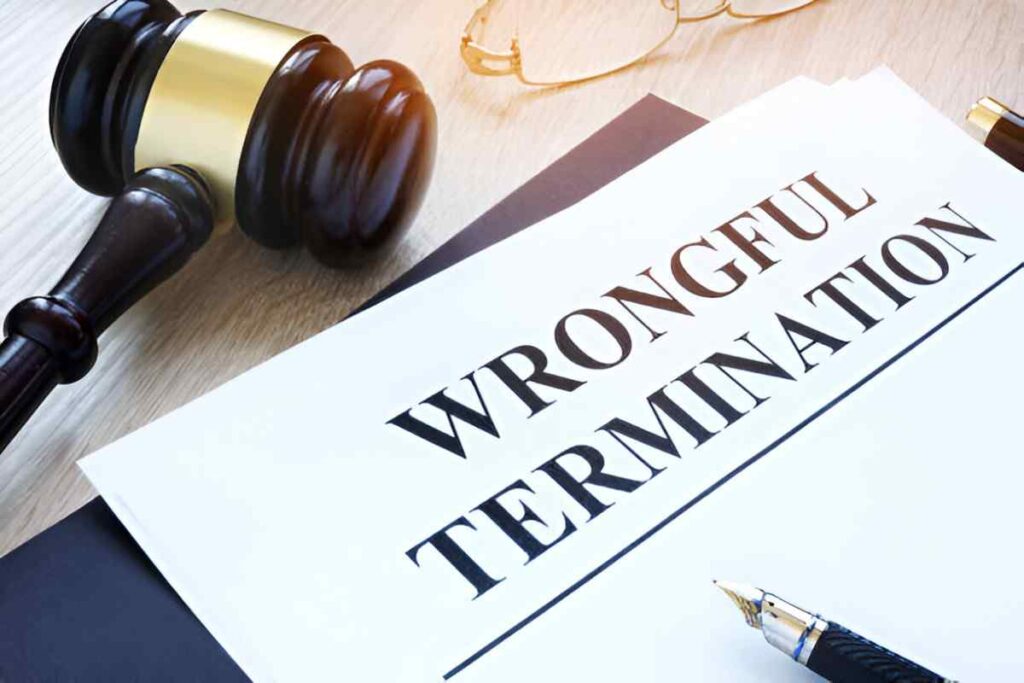As someone deeply involved in finance and accounting, I often encounter situations where financial instruments like checks or bills of exchange get dishonoured. When this happens, the concept of payment for honour becomes crucial. In this guide, I break down what payment for honour means, how it works, and why it matters in the US financial system.
Table of Contents
What Is Payment for Honour?
Payment for honour occurs when a third party—not the original debtor—steps in to pay a dishonoured negotiable instrument to protect the honour of the debtor or another party involved. This mechanism ensures that the holder of the instrument gets paid, maintaining trust in financial transactions.
Legal Framework in the US
In the US, the Uniform Commercial Code (UCC) governs negotiable instruments. Article 3 of the UCC outlines the rules for payment for honour (also called payment supra protest). The key provisions include:
- Right to Intervene – Any party with a vested interest can pay the dishonoured instrument.
- Formal Protest Requirement – The instrument must be formally protested (noted as dishonoured by a notary public).
- Subrogation Rights – The payer acquires the rights of the holder against the original debtor.
Why Payment for Honour Matters
Financial markets thrive on trust. If a check or bill of exchange bounces, the ripple effect can damage reputations and creditworthiness. Payment for honour acts as a safety net, ensuring that obligations are met even if the primary debtor defaults.
Example Scenario
Suppose Company A issues a check to Supplier B, but Company A’s bank dishonours it due to insufficient funds. If Bank C (a creditor of Company A) pays Supplier B to avoid legal complications, this is payment for honour. Bank C then gains the right to recover the amount from Company A.
How Payment for Honour Works: Step-by-Step
- Dishonour Occurs – The bank refuses payment due to insufficient funds, a stopped payment, or other reasons.
- Notice of Dishonour – The holder must notify all relevant parties promptly.
- Protest Filed – A notary public formally records the dishonour.
- Third-Party Intervention – A willing party (often a bank or guarantor) pays the amount due.
- Subrogation – The payer assumes the legal rights of the original payee.
Mathematical Representation
The payer’s claim against the original debtor can be expressed as:
C = P + I + FWhere:
- C = Total claim
- P = Principal amount
- I = Accrued interest
- F = Any additional fees
Comparing Payment for Honour vs. Payment Under Reserve
| Feature | Payment for Honour | Payment Under Reserve |
|---|---|---|
| Legal Basis | UCC Article 3 | Banker’s discretion |
| Rights Acquired | Subrogation rights | No automatic rights |
| Formality | Requires protest | No formal protest needed |
| Common Use | Checks, bills of exchange | Bank settlements |
Real-World Implications
Credit Markets
Payment for honour stabilizes credit markets by ensuring that obligations are met. Without it, businesses might hesitate to accept checks or bills of exchange, slowing down commerce.
Legal Recourse
The payer can sue the original debtor if they refuse reimbursement. Courts generally uphold subrogation rights under the UCC.
Common Misconceptions
- “Anybody Can Pay” – Only parties with a legitimate financial interest can intervene.
- “No Documentation Needed” – A formal protest is mandatory.
- “Interest Doesn’t Apply” – The payer can claim interest from the date of payment.
Final Thoughts
Understanding payment for honour helps businesses and financial professionals navigate dishonoured instruments effectively. By knowing the legal framework and practical steps, you can protect your financial interests and maintain trust in transactions.





